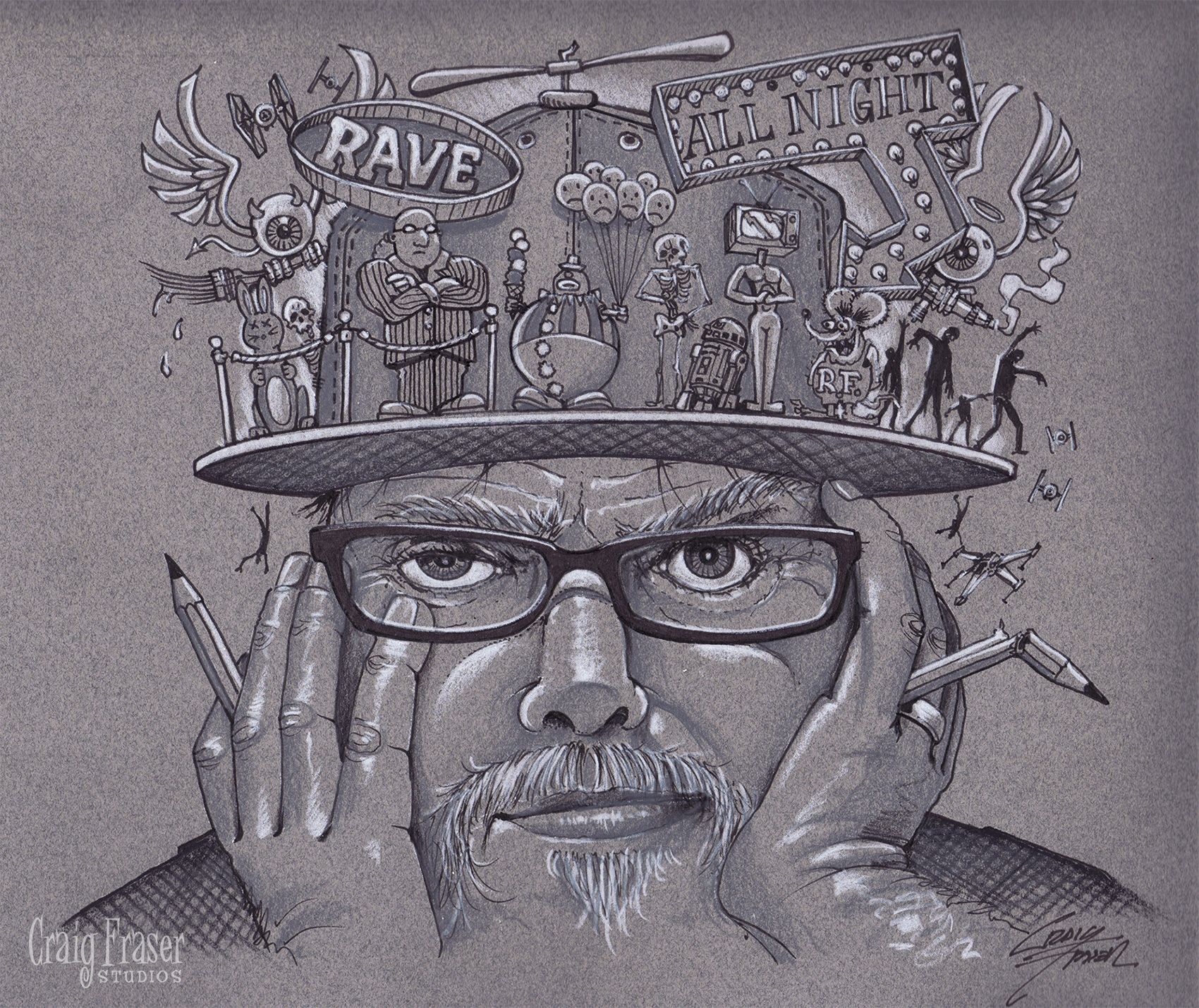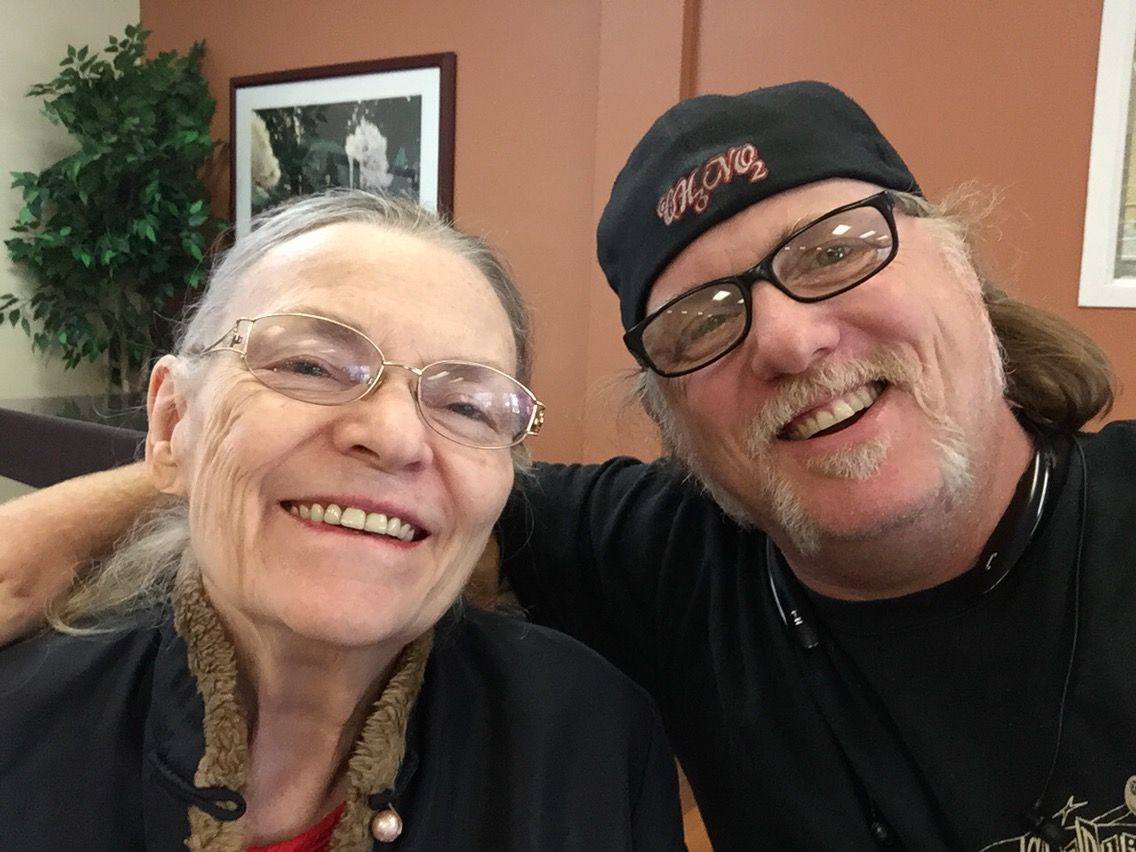How I Get My Price In The World Of Chance Negotiations
When starting out in this industry, the most difficult aspect for me was negotiating a price. I would constantly flip-flop between under valuing my artwork, to pricing myself out of the clients range. No matter how I tried, I could never create a standard pricing structure that left my clients as well as myself happy. A Vegas slot machine had more consistency than my pricing system. Nothing is more unprofessional than an artist that can’t price their work.
I would start out with a price in my head, but as soon as I told the client, they would start wearing me down. The price was either too high for their budget, or they would counter by adding more work to the job. Either way this encouraged me to start pricing my work higher knowing I would be bargained down anyway. This is a losing mentality that devaluates the artwork in both the clients and artist’s eyes.
This problem came to a peak for me 25 years ago living in Florence, Italy. After being consistently “schooled” by both tourists and locals on my pricing, the shop owner took me aside and taught me a pretty cool negotiating trick. I like to call it “Price Variant Bartering” and it changed the way I do business in every way.
I still start out with the price I need for my artwork, let’s say $500, but now I modify it as the base for the “Price Variant”. Instead of giving a single price like $500, I give the client a range of $600-$750. At this point the client will no longer argue the price down, but proceed to select a price within the offered variant. I have now successfully distracted the client’s desire to underbid. The negotiating is now controlled by me, but with the client making all the choices. I get more than the price I needed and the client has negotiated an excellent bargain. Win.
In the past some of my clients would justify bargaining me down by saying they didn’t have the money when they really did. With the price variant, the only clients that will say they don’t have enough are the ones that truly don’t. If they have the money, curiosity will compel them to ask the difference between the two prices. If they don’t have the money, the choice becomes invalid. On the other side of the coin, I have clients that so liked my sales pitch for the higher variant that they actually upped their bid to receive more work.
Here is the simple breakdown of the steps involved in “Price Variant Bartering”:
- Establish the minimum price you will accept and add 20%: This price needs to be what you want, more than just what you need. The 20% is for the small stuff you forgot to add in. If you are comfortable with your price you are not asking enough.
- Create the Pricing Variant: Be sure it is not too small to matter, nor too large to scare them away. For example $500-$750, $3500-$4000, etc. The larger the variant, the larger the pricing gap.
- Let the client do the negotiating: If the client has to create their choices they will always be in their favor. If you create the choices they will select the ones offered. Don’t over-talk the deal. Answer questions, but never push a hard sell. The person of power in a negotiation is always the one willing to walk away from the deal.
- Explain the pricing difference: Inform the client how additional techniques, details, materials, etc. can be added as the price increases. (You can also speed up deadlines by increasing the price). Everything is negotiable, but always negotiate up.
- Get everything in writing as you close the deal: Negotiations can be complex. Be descriptive, specific and have both of you sign the work order/invoice. It’s not just professional, in many industries it is the law.
Do your client and yourself a favor in the future and try the “Price Variant” on your next negotiation. It has worked well for me and I have yet to have a single complaint from a client.
If you have enjoyed my blog, please leave a comment and share it with your friends. Sign up for my newsletter, and you will get the latest information on additions to my site as well as deals on limited run prints, originals and new blogs.
Craig Fraser







Awesome blog Craig! Always something I’ve struggled with definitely going to use this the next time I have to put a price to something.
Great advice Craig , I struggle with this all the time, being more of a hobbyist. Splitting some time in a “pro’s” shop has helped some, and we have discussed it , this explains it completely. Thanks!
Pricing is my biggest worry. At the end of the day I paint because its what I love to do. And id probably do it even if I didnt get paid. But I chose to make this my career so I need to find out what im worth so I can support my family and not undercut myself. I usual ask what there budget is for the project. Then give them a range from this to that like u said. Im glad im not the only one who struggles with pricing
Thank you for the pricing break down. I’m a production paint by day but I do a lot of custom work on the side. I always had a hard time pricing my jobs. Im a huge fan of you work an look forward to you blog.
Thanks for sharing this! It’s good timing for me to hear this kind of pricing advice and it seems relatively easy to incorporate into my estimates. I may even pull out some old invoices as an exercise and rethink the pricing using this method just to see if it could have helped me upsell the job and make more $. I also like that it creates interaction with the customer and probably engages them in the process a bit more. Folks like to feel that they’re a part of the paint/idea process and I think it usually makes them happier with the end result.
Thanks Craig, this topic is something I’ve been wrestling with for awhile. I’ll have to apply it when I get my next project.
Top notch. What I like is this hits home for all types of artists. This can be used as a valued tool in most if not all trades..
Thanks Craig. This was a great topic considering Ive been dealing with myself.
Excellent info. One question: do you have a policy on deposits? I usually request 50% upon contract agreement. Do you recommend a “percentage variant” based on price as well?
Good point on deposits. 50% is an industry standard. If the job is substantial in cost we sometimes go with 20% down instead. If the completion time is substantial you may opt for a payment plan, but always include this in the work order, and hold to it. Be sure to modify and have both parties inital each payment on the work order when paid.
Outstanding! I’m new to the industry and have been struggling with pricing. I’ve been caught up in being too modest and not being realistic. I started keeping track of my time for jobs as well from concept to finish work. I think that will help me with future negotiations. I will definitely try this technique and I believe I will get the results I’m looking for! Thanks Craig!
Great info Thank you for this in site.
Hey Craig. Pricing has always been my weekness. Especially being so new in the industry, I get really excited when really kool projects come up. Part of me wants to do it so bad that making $ is the last thing on my mind.
I have a background in construction. One thing we used to do is bid on jobs that nobody wanted to do, so we could “charge more”. Now being an artist, it’s time to realize that you’re doing a job that not too many people “can do”. So technically, you should be in the position to charge more than a tradesman who’s competing against thousands. But it doesn’t always feel that way.
Your price variant tip is very clever. I’m currently at a trade show till Monday. It’s a coincidence, but I’ve been using this technique at the show so far, and everything’s going great. What I never realized was, when someone walks into the shop, things are more carved in stone. I always give a firm price thinking it sounds more professional. But it doesn’t. It always puts me in the position where I’m getting talked down, or a ton of work added for the same price, just like you said.
Craig, this is some of the best advice I have heard yet in this industry. I have been to MANY airbrush getaways, classes etc, and have spoken with numerous companies, and airbrush professionals. One question that ALWAYS comes up is how to price your work. Of any advice, this is the best one yet. Thanks for sharing your insight, and professional experiences with us!
Awesome advice Craig! Thanks for taking the mystery out of pricing and thanks for all that you do!
Awesome work here Fraser!
So many good points in this blog. Not only are you happy with the price paid for your work. The buyer is happy with paying a negotiated price. People like to feel as if they got a bargain, even with custom art work. I buy and sell often, and one valid point is that ” The person of power in a negotiation is always the one willing to walk away from the deal.” Thanks for shining a light on this topic of pricing.
Great advice Craig. Sometimes the hardest part of the job is exactly this…..price. You put it straight to the point and I will definitely give this a go for the next one. Thanks.
Hey everyone, thanks for all the positive comments. Blown away by the responses I have gotten so far from the site, and Blogposts. Keep the comments coming, and I’ll keep the blogs coming. Please check out the gallery & store if you get a chance and see the prints currently available. I am always open to creative suggestions. If you feel there is some artwork you would like to see, or prints of one of my originals you’d like available, let me know.
Cheers!
Craig Fraser
Hi Craig, fantastic post! Your blogs are extremely helpful, thank you. I hope to be able to schedule a one-on-one class with you when my budget permits.
Thanks Wes! Glad you enjoyed it. Look forward to having that one-on-one workshop with you. Talk to you soon!
Sound advice. Anytime I will get a question about pricing, I will not only put this into practice but route them to this blog as well.
Thanks bro